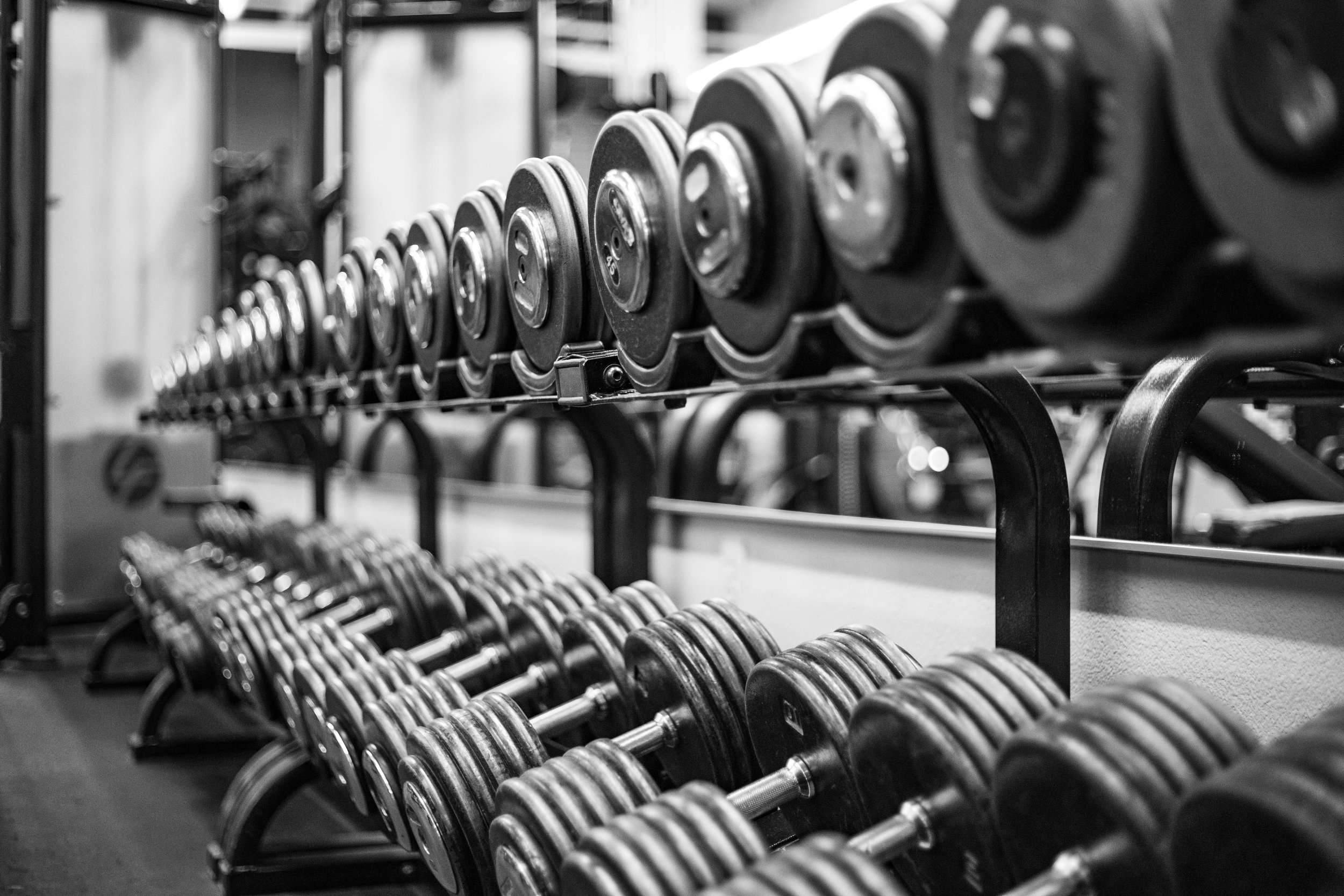How to Find a Personal Trainer Who Gets Results
The quality of personal training can vary greatly from trainer to trainer. Lately I’ve had a few clients coming to me who have been working out for years either in a one-on-one setting or in a group, and yet I’m surprised by how undeveloped their form is.
These women think they are strong because they have been working out consistently for years. However, they can barely hold a plank because their abdominal muscles are so weak, and a simple exercise involving their shoulders is challenging even with the easiest resistance band.
In a previous post, How to Choose a Personal Trainer, we talked about personal training credentials. But honestly, there’s a certain amount of fitness knowledge that you don’t get from an online personal training certification, and it’s important to make sure that the personal trainer you pick has it.
Specifically, make sure your trainer teaches you proper form. If you do bicep curls or a squat without proper form, several things happen: 1) you are more likely to injure yourself because you are not engaging muscles in the way they were meant to be used, and 2) you are not going to build as much strength. Instead, you will “borrow” muscle strength from the wrong muscle groups, preventing real results and negatively affecting your postural alignment.
If there are two things to look for in a personal trainer, here they are:
Does Your Personal Trainer Teach You to Engage Your Abdominal Core?
Every exercise in the gym should be done with engaged abdominals, including your transverse abdominis and pelvic floor. This is true whether you’re doing reverse hypers, lat pull downs, lunges, etc. An engaged abdominal core will stabilize your movement so you get the maximum benefit with minimal risk of injury.
Your personal trainer should be looking for abdominal engagement throughout your sessions and reminding you to tighten your abs when he or she sees you are not using them. If you feel your lower back engaging in an exercise, take a few moments to reset your form and then get back in the exercise. If you are unable to engage or connect with these muscles, this must be one of the first things addressed because it’s the foundation of overall progress.
Working on a strong core is particularly important for women because pregnancy stresses your abdominal muscles. Here are three recent real life scenarios:
A new client came to me at the beginning of her pregnancy. We worked together for the duration of her pregnancy, and when she went into labor all the medical staff marveled at the strength of her upper abdominals. Labor was significantly easier for her because she devoted so much time to strengthening her core during the months leading up to delivery.
Another new client came to me several years post-pregnancy. Despite being pretty fit, she had a noticeable belly and believed that this was a lingering result of her pregnancy. I ran her through a series of exercises, including several inspired by Pilates. She struggled with these exercises and it became obvious that she was never trained to properly engage her core in spite of years of personal training elsewhere, both pre- and post-pregnancy. Being told to “tighten her abs” wasn’t enough. She needed to connect to these muscles in a mindful way.
A third new client came to me several months after giving birth. She was experiencing diastasis recti, which is very common in new mothers and can take up to a year to heal. We used Pilates-inspired exercises to strengthen the tranverse abdominus and support the muscles of the rectus abdominus so they would draw back together.
As you can see, ab work is critical for personal fitness. Make sure your personal trainer addresses this with you. Like I said, every exercise is an ab exercise when it’s done correctly.
Does Your Personal Trainer Work on the Thoracic Core (Postural Muscles)?
The other foundation of physical fitness is a strong thoracic core. This refers to the muscles surrounding your scapula (shoulder blades), giving proper mobility when you move your shoulder blades. As with abs, an imbalance with overactive and weak muscles in this area can lead to injury and will make it extremely difficult to get the most from your workouts. This will only delay the results you are working so hard to achieve.
One of my favorite exercises for the thoracic core are “Ts” and “Ys” and bilateral external rotations. I have a client stand with a resistance band and make the letters “T” and “Y”,with their arms. The “Ts” go across the chest; the “Ys” go overhead. Even my strongest clients find this simply exercise challenging because your shoulders naturally want to scrunch up toward your ears. The challenge lies in dropping your shoulder blades so you maintain a strong position that resists the force of the band.
Exercises like this develop postural muscles, which have a myriad of benefits. Even before they reach their goal weight, my weight loss clients notices that they stand up taller and look stronger. They also have less chronic neck and shoulder pain. This is because they are strengthening their thoracic spine. A strong back and shoulders will also help you with activities of daily living, whether that includes picking up your kids, participating in sports outside the gym, or cleaning your house.
Unfortunately, a lot of trainers ignore this area of fitness because it’s not trendy or sexy. Postural exercises look easy compared to squats and bicep curls, but they deliver tremendous benefit and should not be overlooked. If your trainer is not addressing your thoracic core, ask them to incorporate it into your program. If you’re local, you can always visit my personal training gym in Carlsbad for a free assessment!



